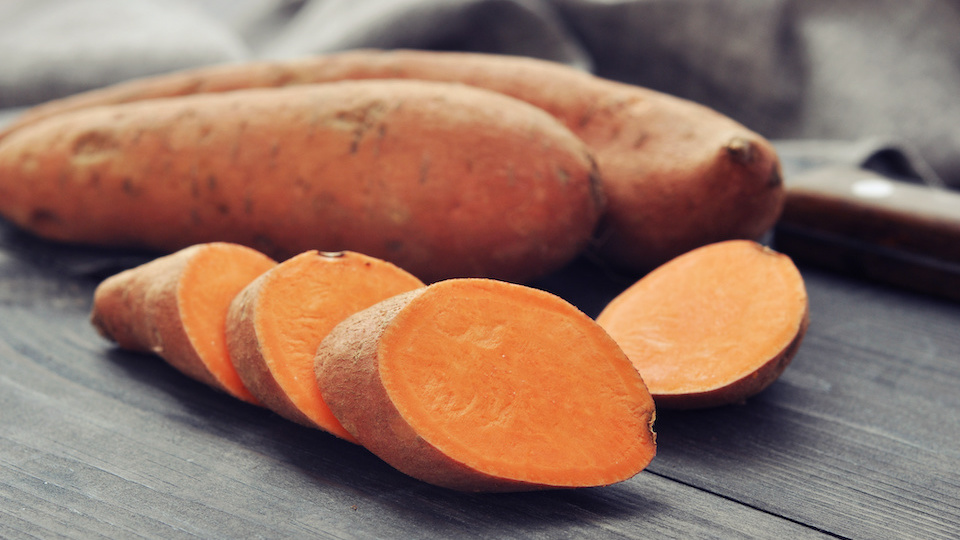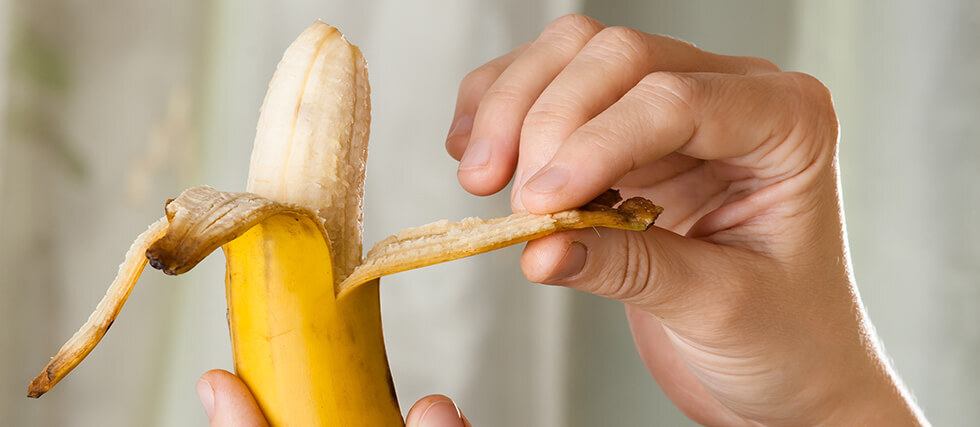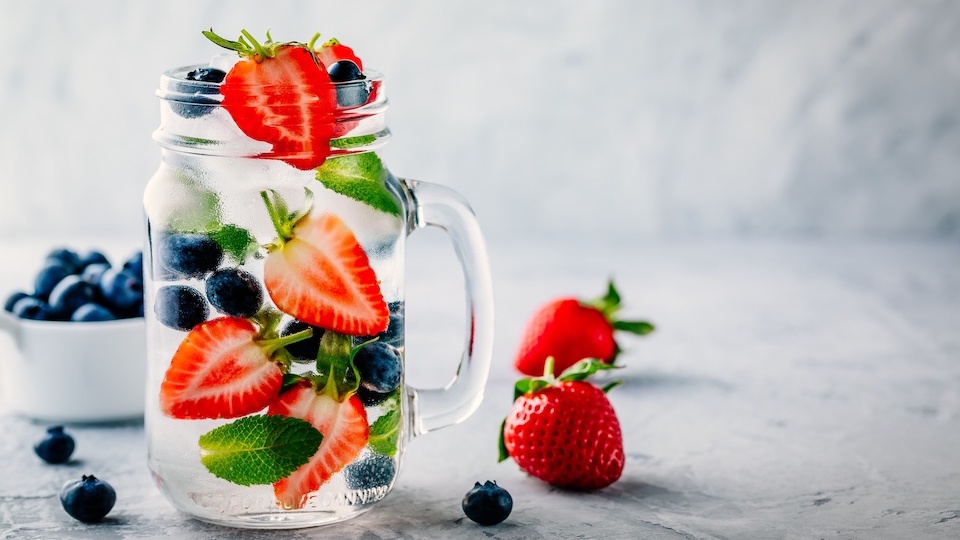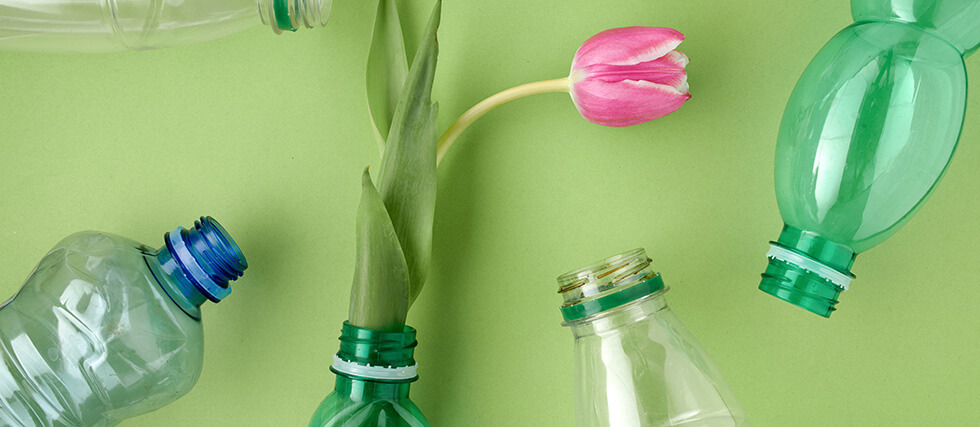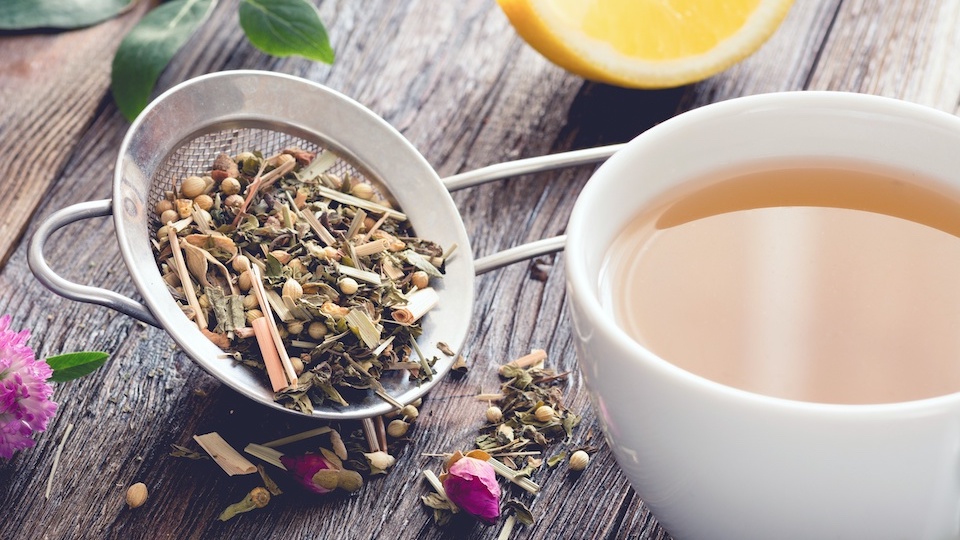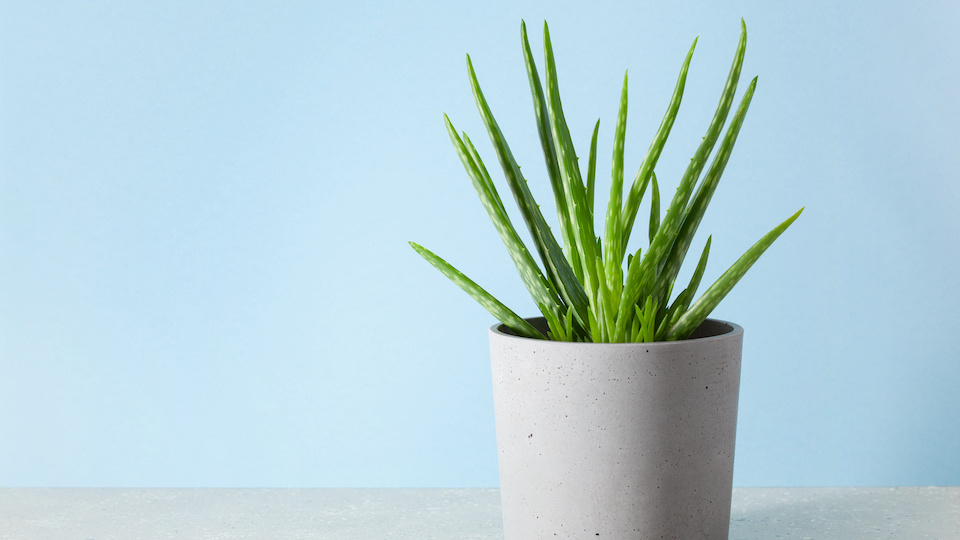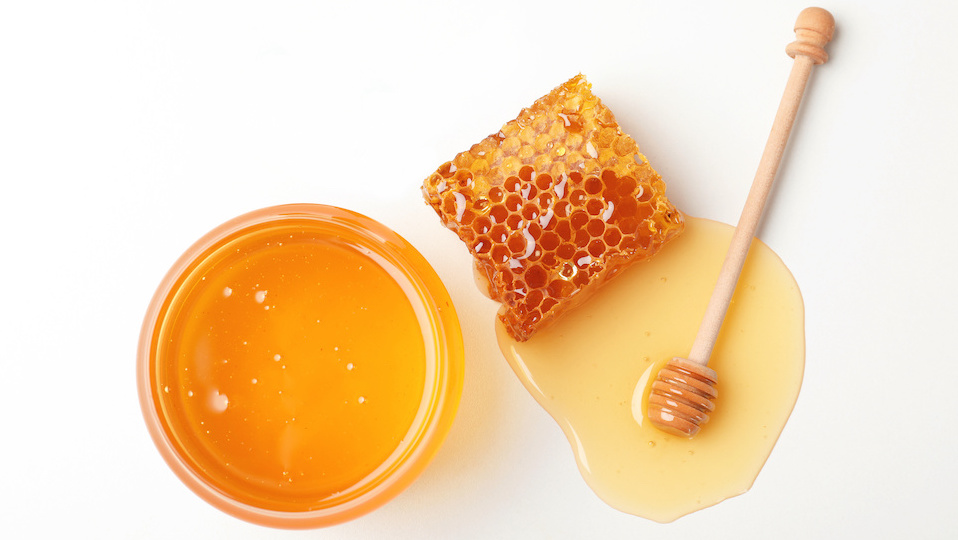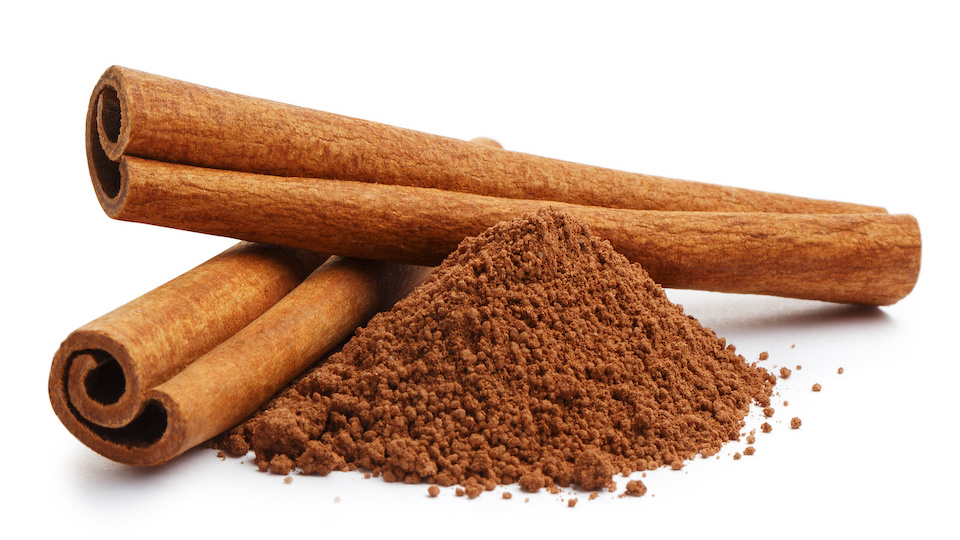Sea moss has taken over wellness feeds, popping up in everything from smoothies to skincare routines. Touted as a “miracle algae,” it’s become a $2 billion industry—thanks to celebrity endorsements and viral TikToks. But is it actually good for you or just another overhyped health fad?
Let’s break it down. Sea moss, also known as Chondrus crispus or Irish moss, is rich in nutrients like iodine, fiber, and antioxidants. It’s been linked to potential benefits for gut health, thyroid support, and even glowing skin. The prebiotic fiber in unprocessed sea moss may help feed your good gut bacteria, and its antioxidants may protect your cells from free radical damage. That sounds promising, right?
But here’s the catch: Not all sea moss products are created equal. Highly processed forms like carrageenan lose much of the original algae’s nutritional value—and may even disrupt gut health. And because sea moss absorbs everything in its environment, it can be contaminated with heavy metals like lead, mercury, or arsenic. That’s especially concerning if you’re consuming it daily.
Sea moss also contains high levels of iodine, which is great for thyroid function, but only if you actually need more iodine. Too much can lead to thyroid dysfunction, especially if you’re already getting iodine from salt, seafood, or dairy. People with thyroid conditions or blood disorders or those who are pregnant, should be extra cautious.
Sea moss may offer some health perks, but the risks and inconsistencies in quality make it something to approach with caution. If you’re curious, talk to your doctor and look for products tested for contaminants. And remember: a well-rounded, whole-foods diet still beats the trend train—every time.


